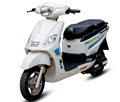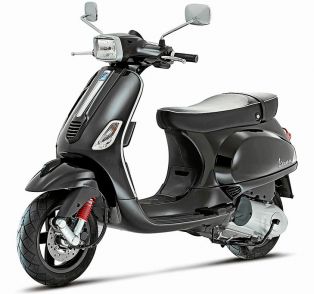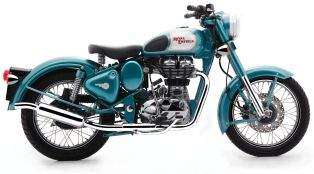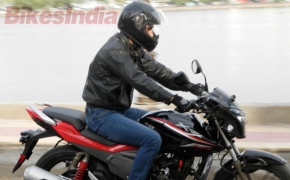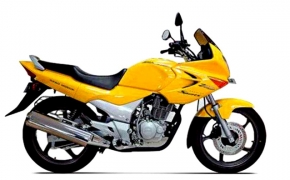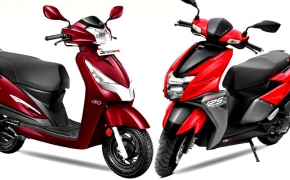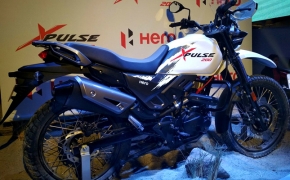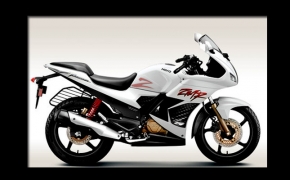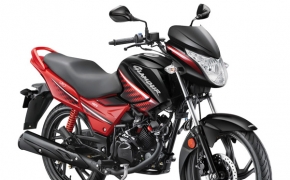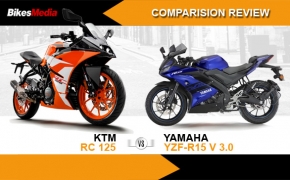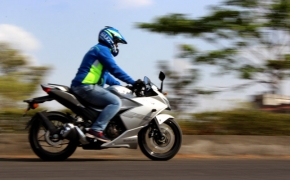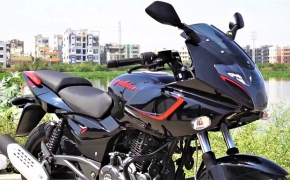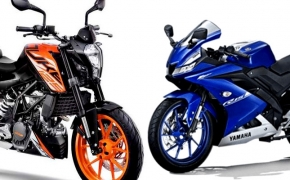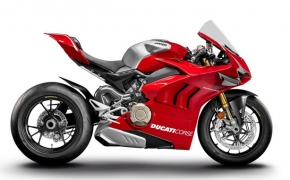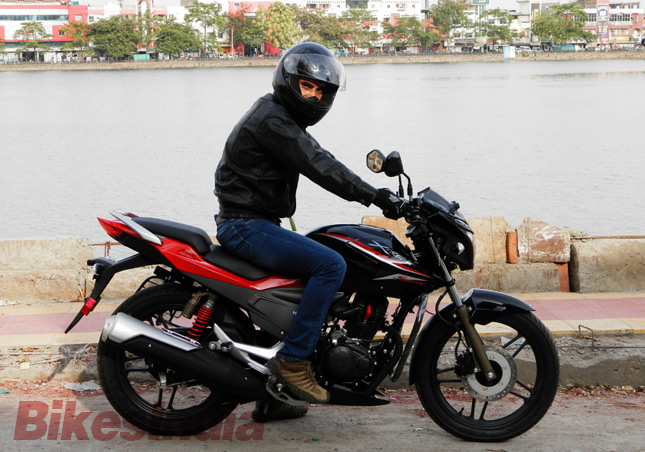 Getting a new bike is really exciting, we know. That large grin on your face which never seems to fade and you are simply looking at every single opportunity to get out of the house and ride your baby into the sunshine. Yes, we all have been there and done that. And then there is the horrible thing called “Break-in period” that acts as a buzz-kill to your riding ambitions. Well, there is nothing you can do about it other than properly break in your bike engine so that you can have the best performance from your bike.
Getting a new bike is really exciting, we know. That large grin on your face which never seems to fade and you are simply looking at every single opportunity to get out of the house and ride your baby into the sunshine. Yes, we all have been there and done that. And then there is the horrible thing called “Break-in period” that acts as a buzz-kill to your riding ambitions. Well, there is nothing you can do about it other than properly break in your bike engine so that you can have the best performance from your bike.Do you know how the concept of breaking in came into the picture?
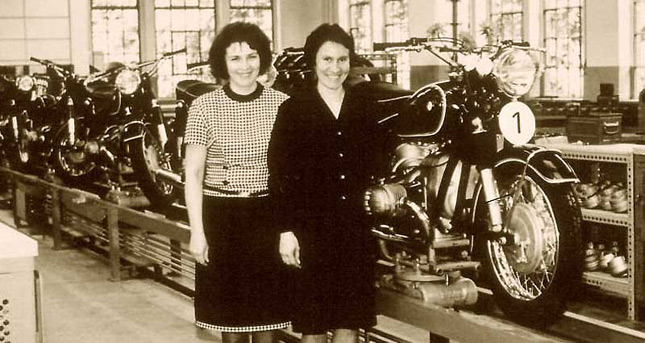 Let’s travel back in time a little to the old ages where the engines used to be literally hand made. Each and every part of the bike was individually made and fit thus resulting in a non-uniform make. So this would result in lots of issues in the engines like breakdowns, failures, seizures, etc. So for this reason the experts in the industry came about with a method of breaking in. This way the engine would be allowed to run under less stressful conditions, thus making sure that all the parts of the engine gel together in equilibrium of sorts. This means, the parts of the engine like the bore, the pistons heads, rings, the valves are all smoothened out and work perfectly without any issues.
Let’s travel back in time a little to the old ages where the engines used to be literally hand made. Each and every part of the bike was individually made and fit thus resulting in a non-uniform make. So this would result in lots of issues in the engines like breakdowns, failures, seizures, etc. So for this reason the experts in the industry came about with a method of breaking in. This way the engine would be allowed to run under less stressful conditions, thus making sure that all the parts of the engine gel together in equilibrium of sorts. This means, the parts of the engine like the bore, the pistons heads, rings, the valves are all smoothened out and work perfectly without any issues.
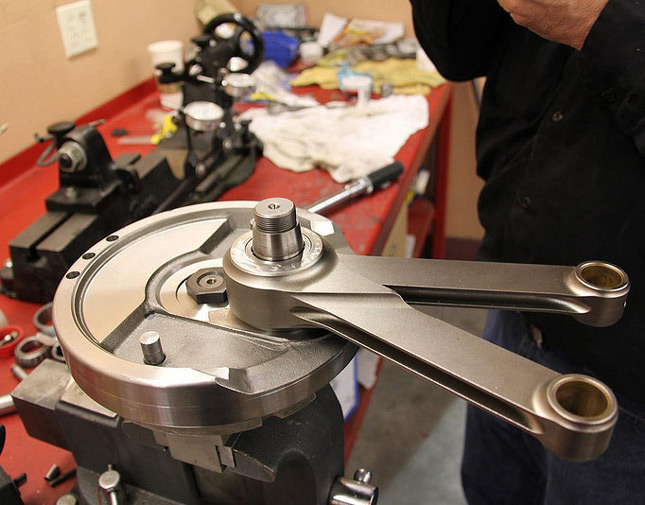 Now fast forward to today’s times when all the components are essentially made by using automation techniques. This means there is high amount of precision and uniformity. That also means all the parts are well made and fit each other perfectly. On top of that there are lots of pressure tests conducted on the engine, which implies that each and every engine is checked out properly before being fitted onto a bike and sold to the customers.
Now fast forward to today’s times when all the components are essentially made by using automation techniques. This means there is high amount of precision and uniformity. That also means all the parts are well made and fit each other perfectly. On top of that there are lots of pressure tests conducted on the engine, which implies that each and every engine is checked out properly before being fitted onto a bike and sold to the customers.
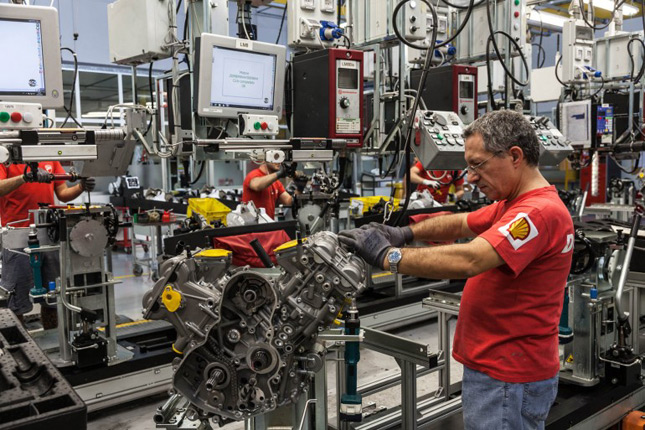 Nowadays with all the modern superbikes and sports bikes, the engines already come pre-blast. Means most of the running in tests have been performed in the factory itself making the bike capable of red lining from the word go. But still it is not really recommended to do that. Every bike engine should go through a proper break-in for optimum performance and efficiency.
Nowadays with all the modern superbikes and sports bikes, the engines already come pre-blast. Means most of the running in tests have been performed in the factory itself making the bike capable of red lining from the word go. But still it is not really recommended to do that. Every bike engine should go through a proper break-in for optimum performance and efficiency.So now that we know about break-ins, let’s check out how the break in process works.
The basic of any break in process for a motorcycle engine is to get it acclimatized with all the real world situations out there. That includes not stressing the engine by revving it hard until the parts begin to function smoothly, but also getting the engine used to the daily cycle which it has to perform. So if you want to properly break in your bike’s engine, it is suggested to not take it out on the highways.
The reason being simple, your engine should be able to work smoothly across the entire rev range. And taking the bike on the highway means the engine keeps going at a constant rpm. This means the engine does not get the exposure to city ridding and sudden start and stops.
Secondly it is important to be running a good mineral oil in the bike. Synthetic oils are good in performance situations, but when it comes to actually getting the parts working properly, mineral oils do the job best. Also one has to change the engine oil quite frequently during the breaking in period. Hence mineral oils being cheap are the perfect choice. The frequency of engine oil change for bikes is:
1st change at 500 kms.
2nd change at 1500 kms.
3rd change at 5000 kms.
Do keep in mind that every time you change the engine oil, do change the oil filter as well. At the 3rd oil change, you could either go with the same mineral oil; else you could also change your oil to a synthetic one of the recommended grade of course.
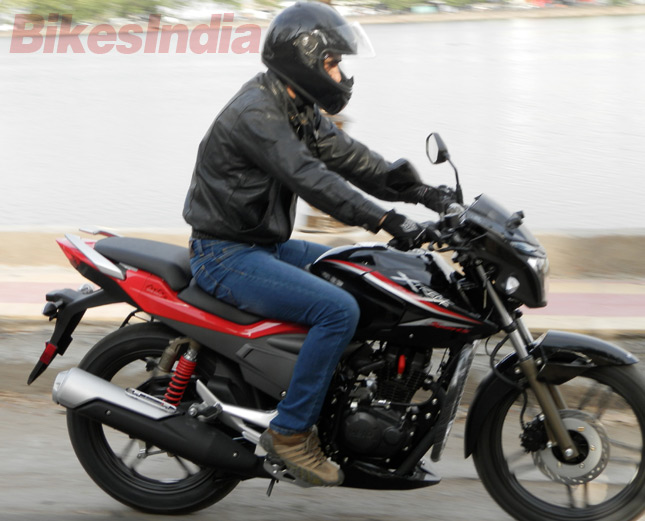 Now that all the basics are covered, it is as simple as riding your bike. Take it out for a spin and enjoy the wind blowing in your hair. But keep this in mind while riding. Always make sure that the engine RPM stays “within 1/3rd of your rev limit”. So if you happen to have a bike with a top whack of 12k RPM, then you should keep the RPM of your bike up to 4k and not more. For the first 500 kms do not cross 4000 RPM under any circumstances. Make sure you do not give any sudden acceleration or do any hard braking unless there is an emergency situation. Give the bike proper halts and stops and use the entire 4k band. Do not let the RPM stay steady at any point.
Now that all the basics are covered, it is as simple as riding your bike. Take it out for a spin and enjoy the wind blowing in your hair. But keep this in mind while riding. Always make sure that the engine RPM stays “within 1/3rd of your rev limit”. So if you happen to have a bike with a top whack of 12k RPM, then you should keep the RPM of your bike up to 4k and not more. For the first 500 kms do not cross 4000 RPM under any circumstances. Make sure you do not give any sudden acceleration or do any hard braking unless there is an emergency situation. Give the bike proper halts and stops and use the entire 4k band. Do not let the RPM stay steady at any point.After the first 500 kms and after the first oil change, you will feel the bike running a lot smoother than before. If you happen to check the previous oil, you might even find some metal particulate in there. This is completely normal as those are the rough edges that have chipped off and smoothened out inside the piston bore.
During this second stage ranging from 501-1500 kms, you can thwack the throttle a little more to use the 2/3rd part of your bike. This means you can effectively run the bike up to 7-8k RPM when possible. Also the same start stop method, if applied would be much better.
After completing 1500 kms and changing your engine oil for the second time, take it easy on the bike yet until about 500 kms more till the ODO reaches 2000 kms. This allows for the engine oil to gel together with all the parts of the engine properly and ensures smooth running. Now it is finally time to get the most out of your bike.
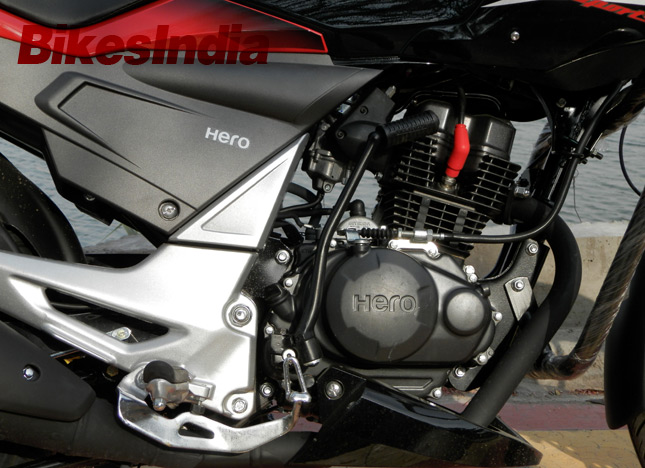 Yes, it is a very patient wait and a very tedious process for some, but trust me, after you have been through this with your bike, it will run smoother than you would have had ever imagined. If you don’t believe it, just compare with a friend who has the same bike and you can easily understand the difference there.
Yes, it is a very patient wait and a very tedious process for some, but trust me, after you have been through this with your bike, it will run smoother than you would have had ever imagined. If you don’t believe it, just compare with a friend who has the same bike and you can easily understand the difference there.If the engine is not run in properly, then you might face certain issues like a thrashy and rough feel, less mileage and lots of vibrations in the mid-end of the RPM range. But an engine that has been properly run-in, would rarely ever face such issues.
So now that your bike has been properly broken into, it is time to swing your leg and run off into the horizon because that smooth and sweet sound your baby makes, proves that all that you have cared for has finally paid off.
Do share with us your views and experiences in the comments section below and stay tuned to BikesIndia for more scoop about the world of 2 wheels.
By: Pratik Patole





